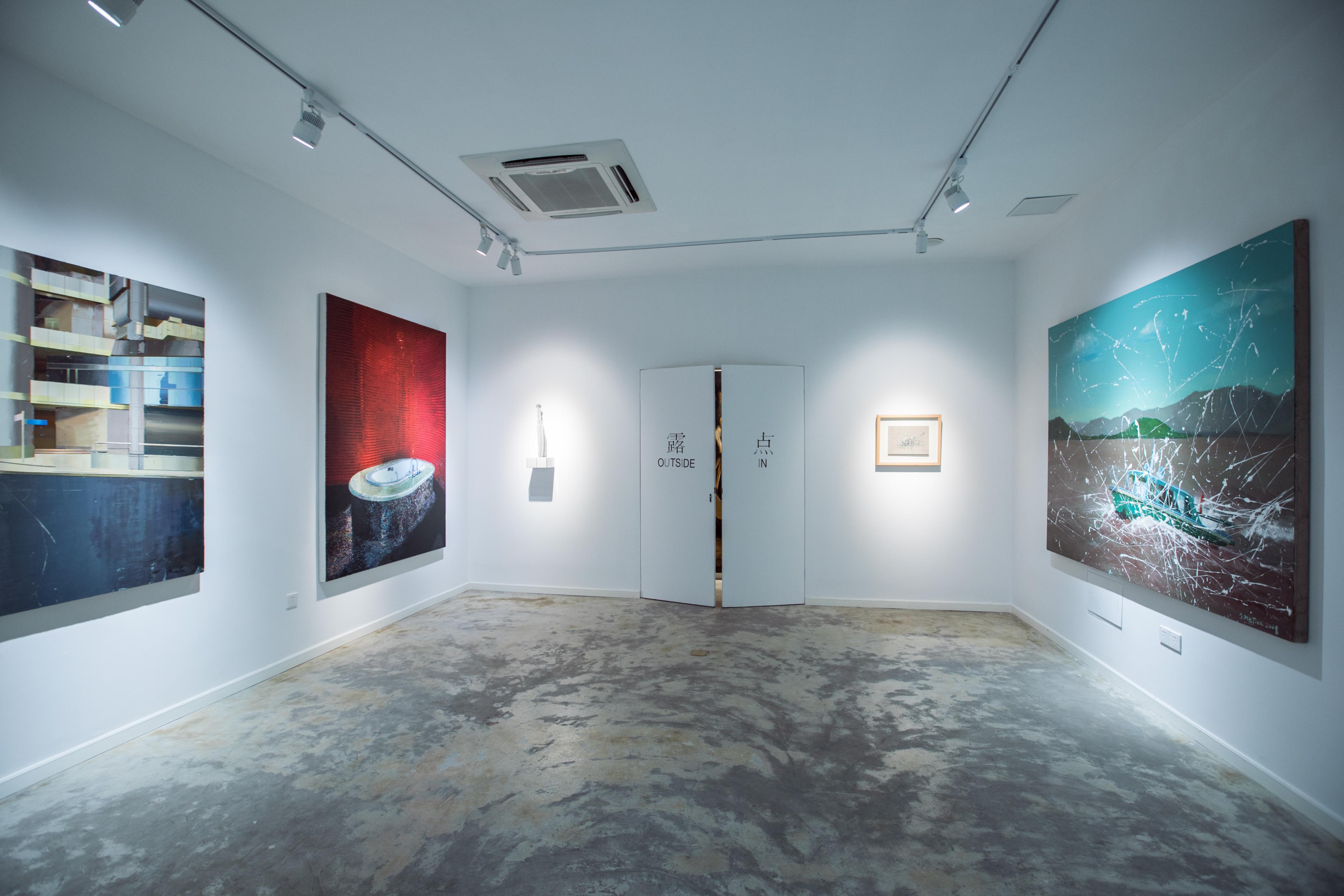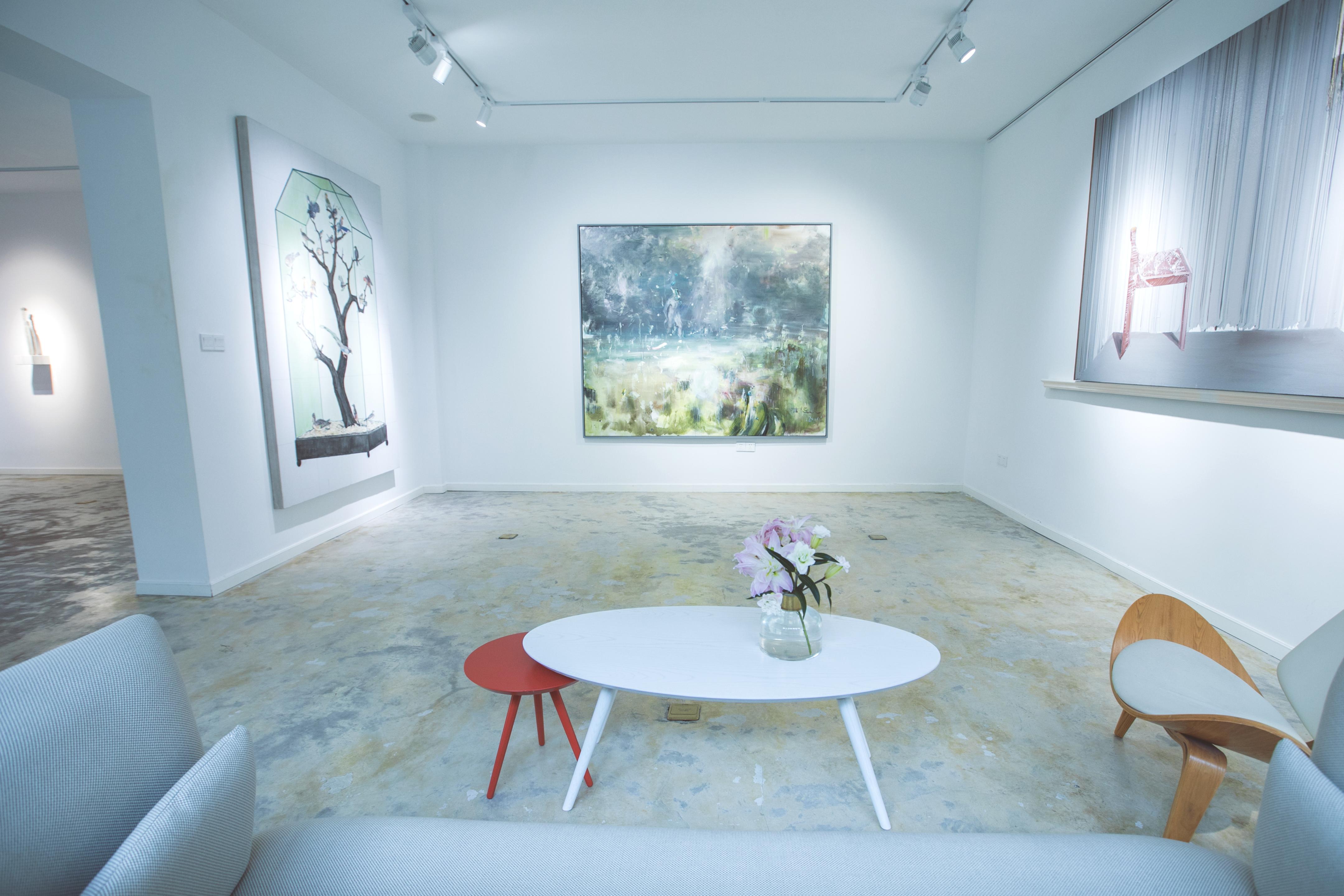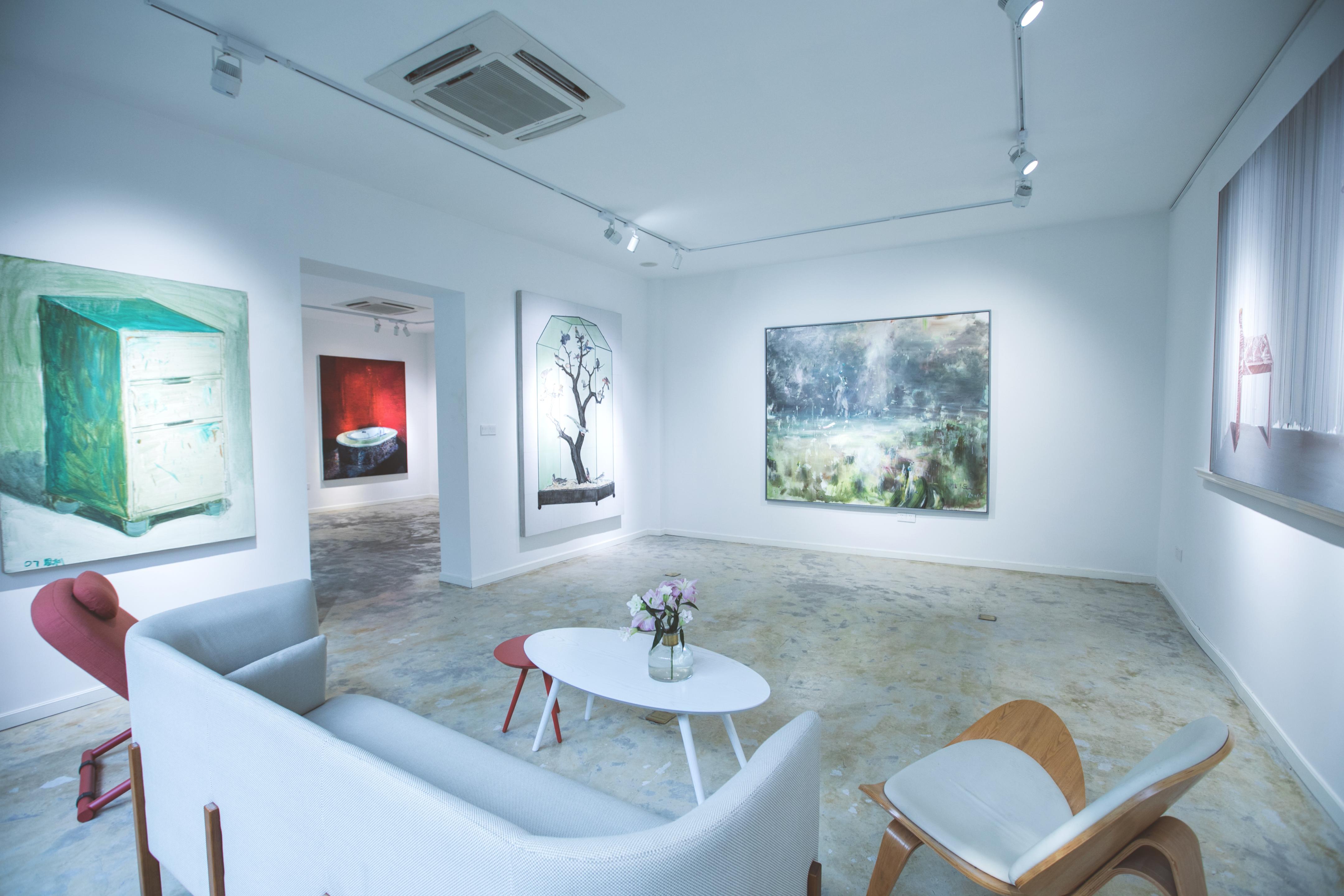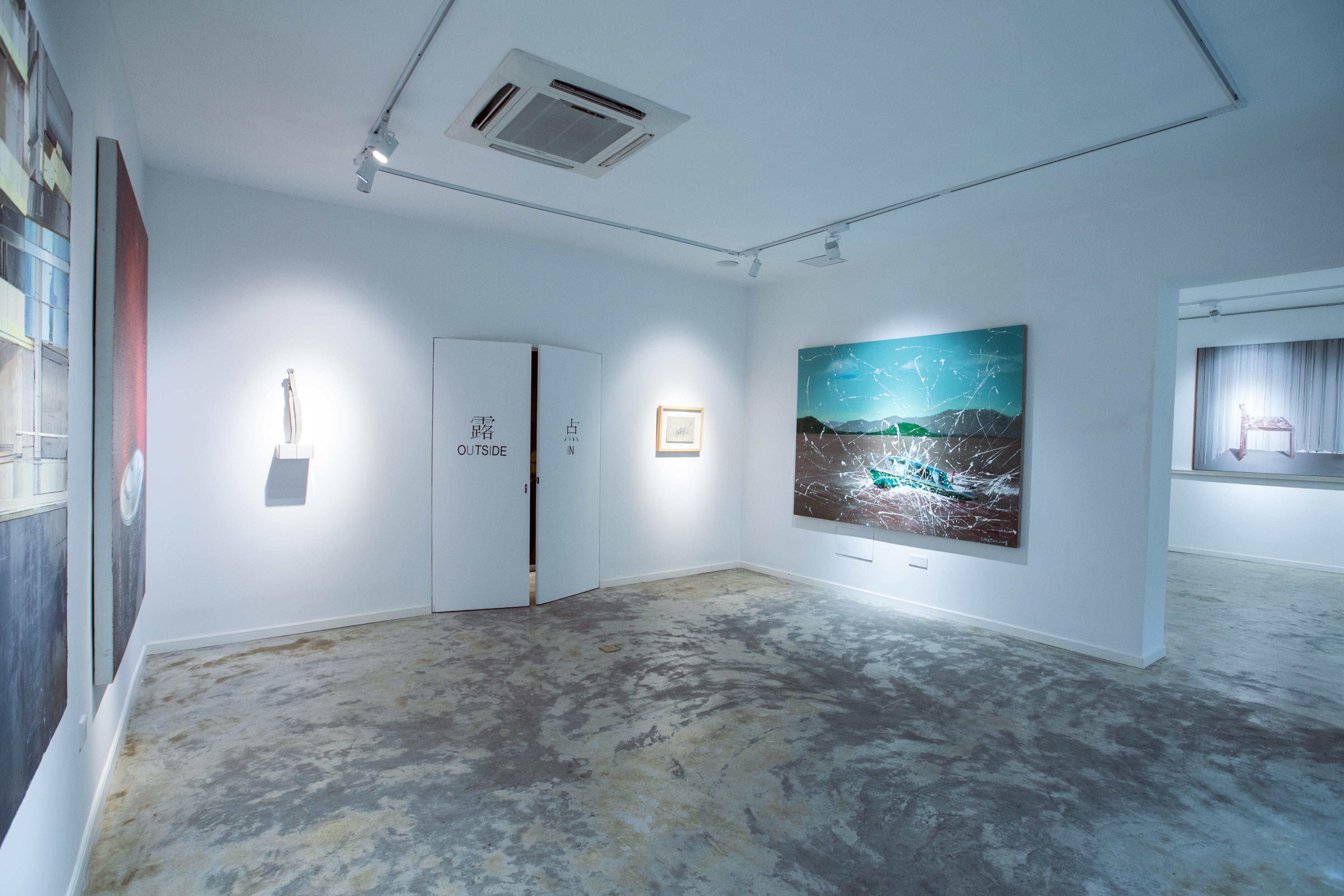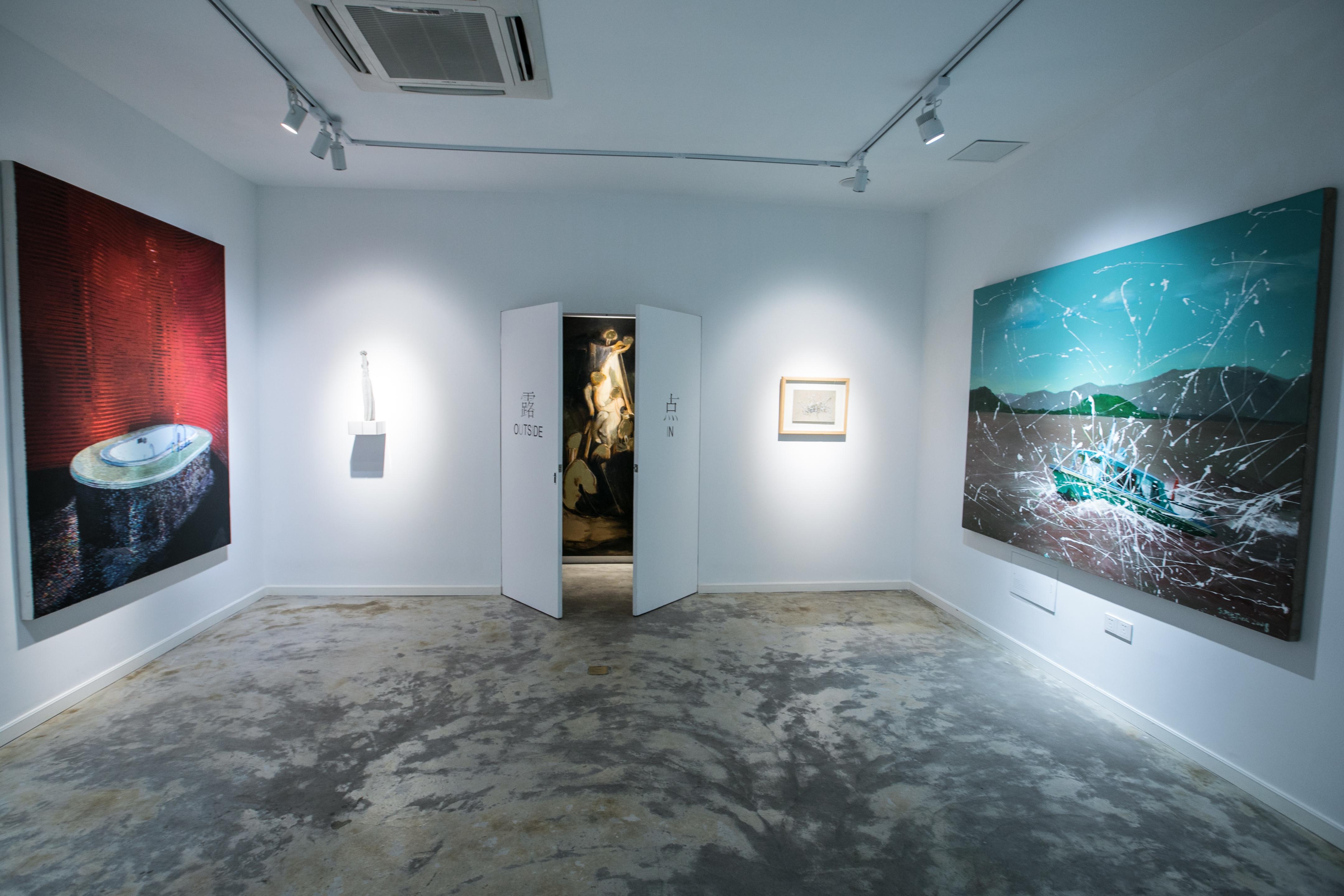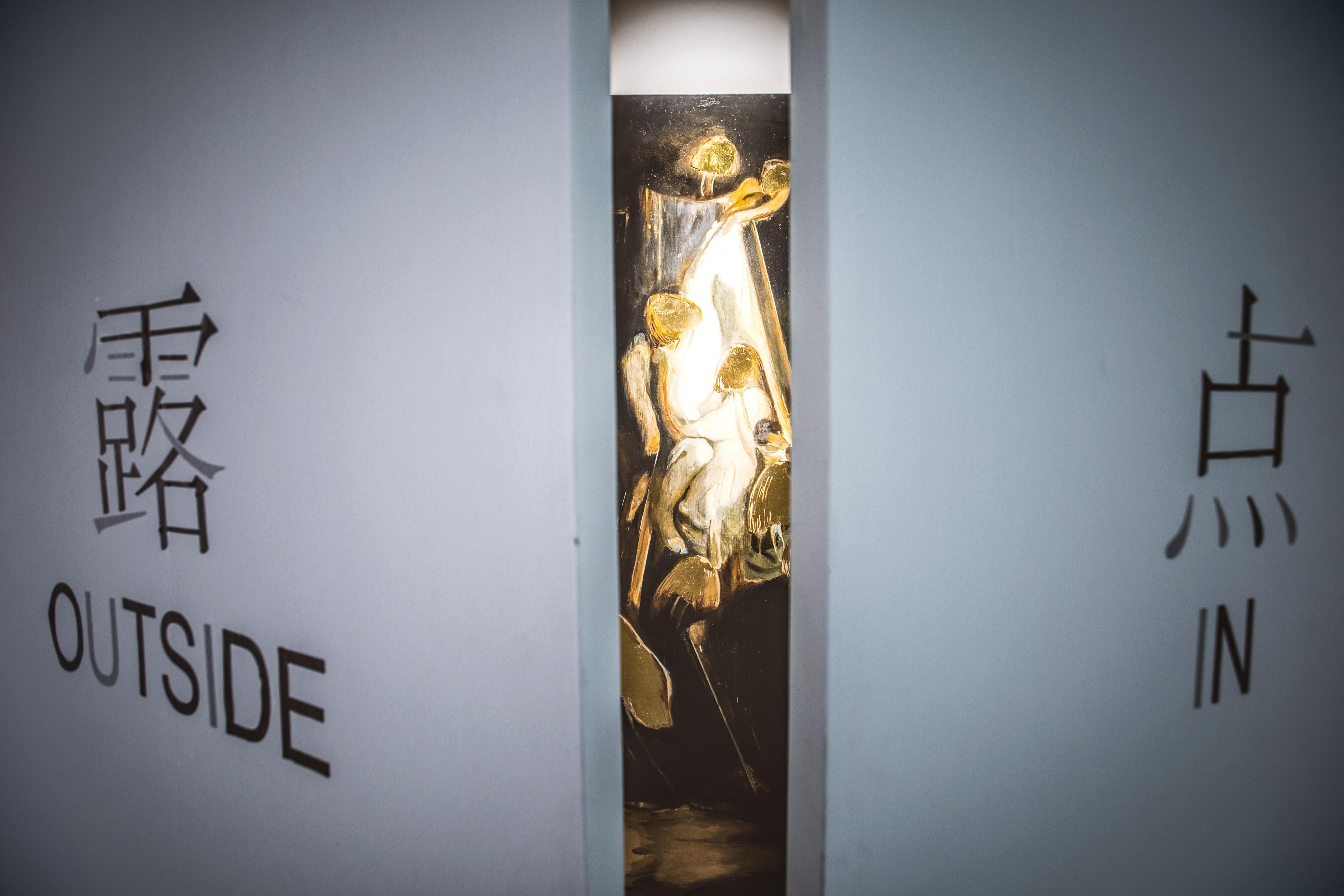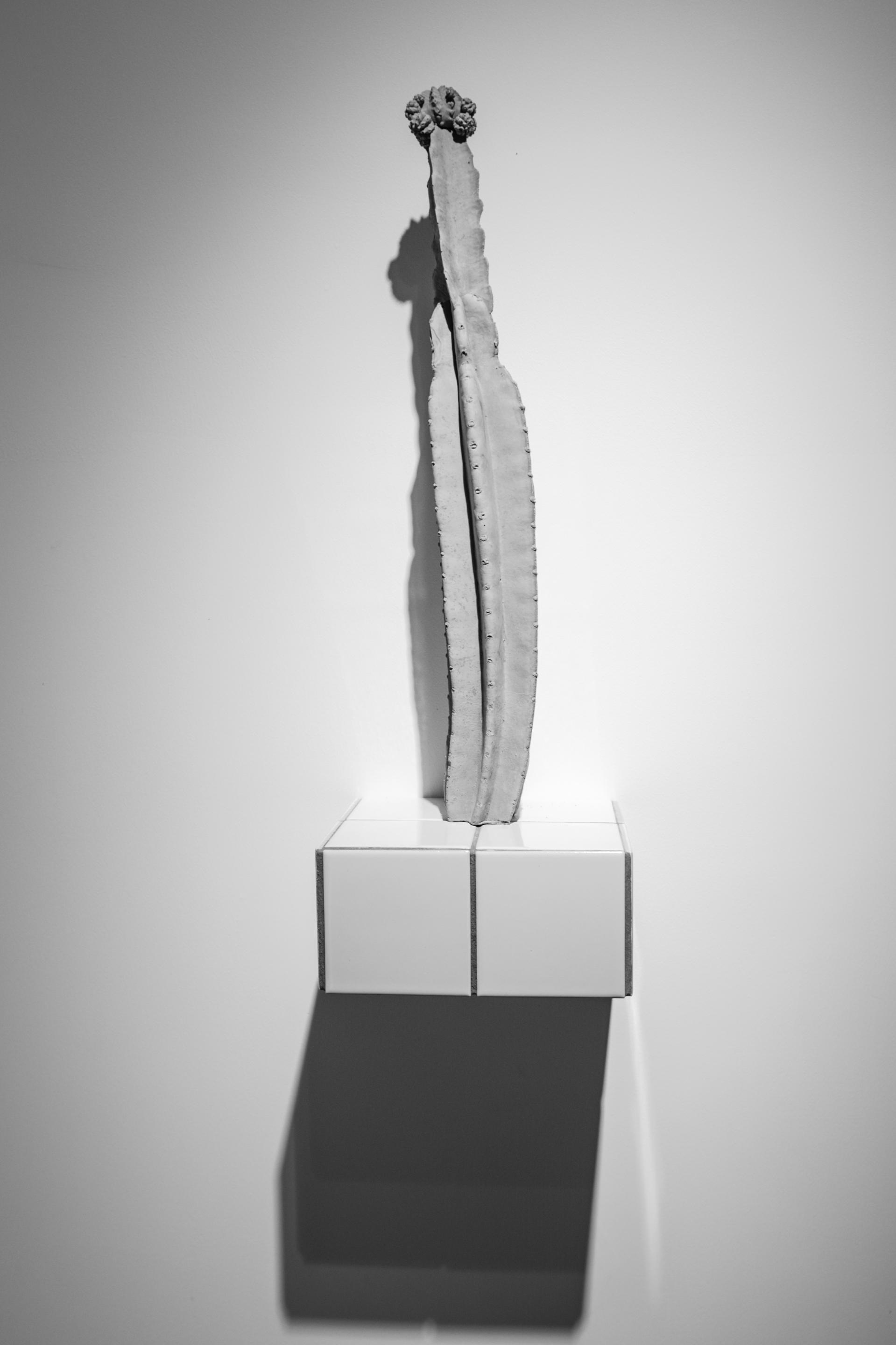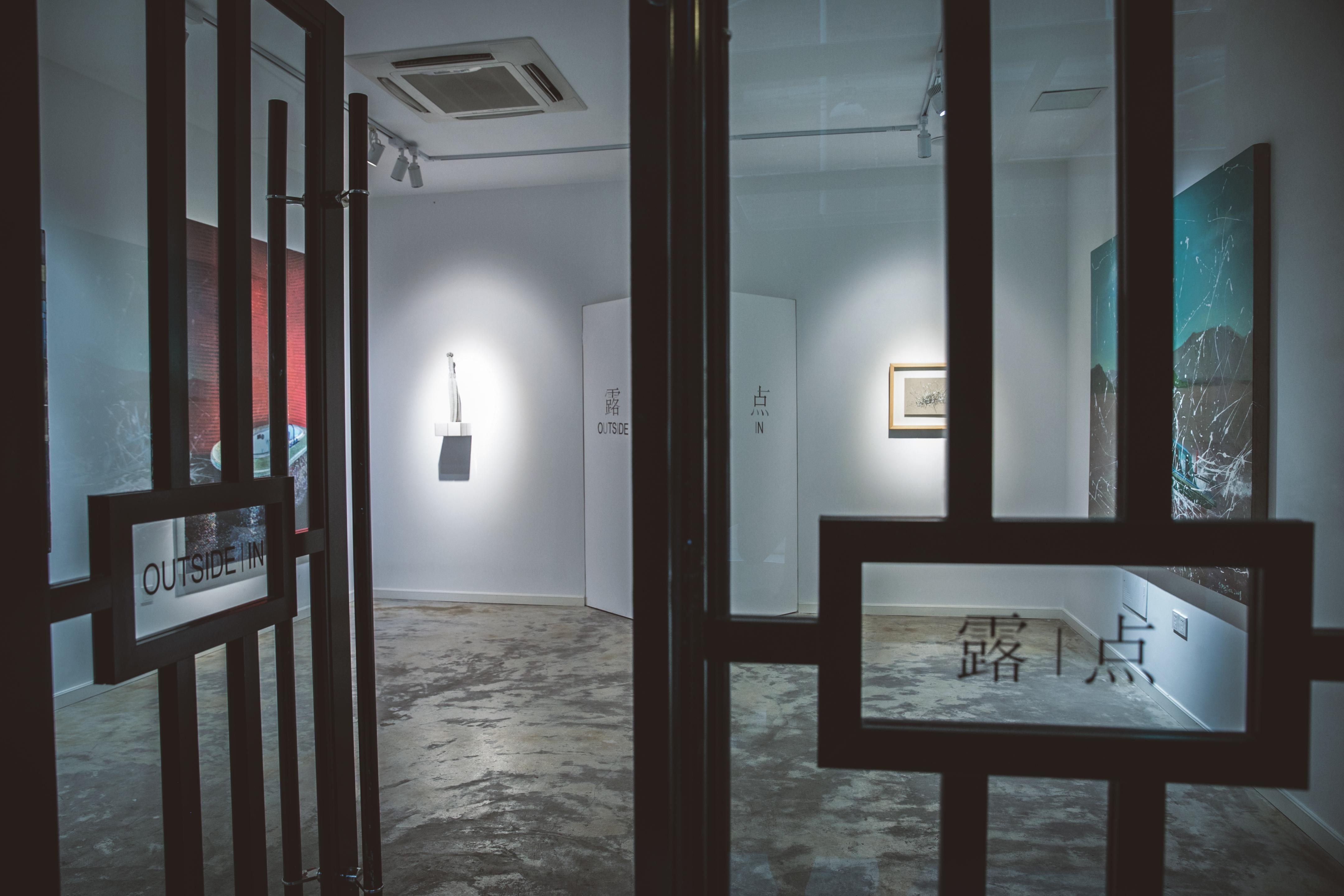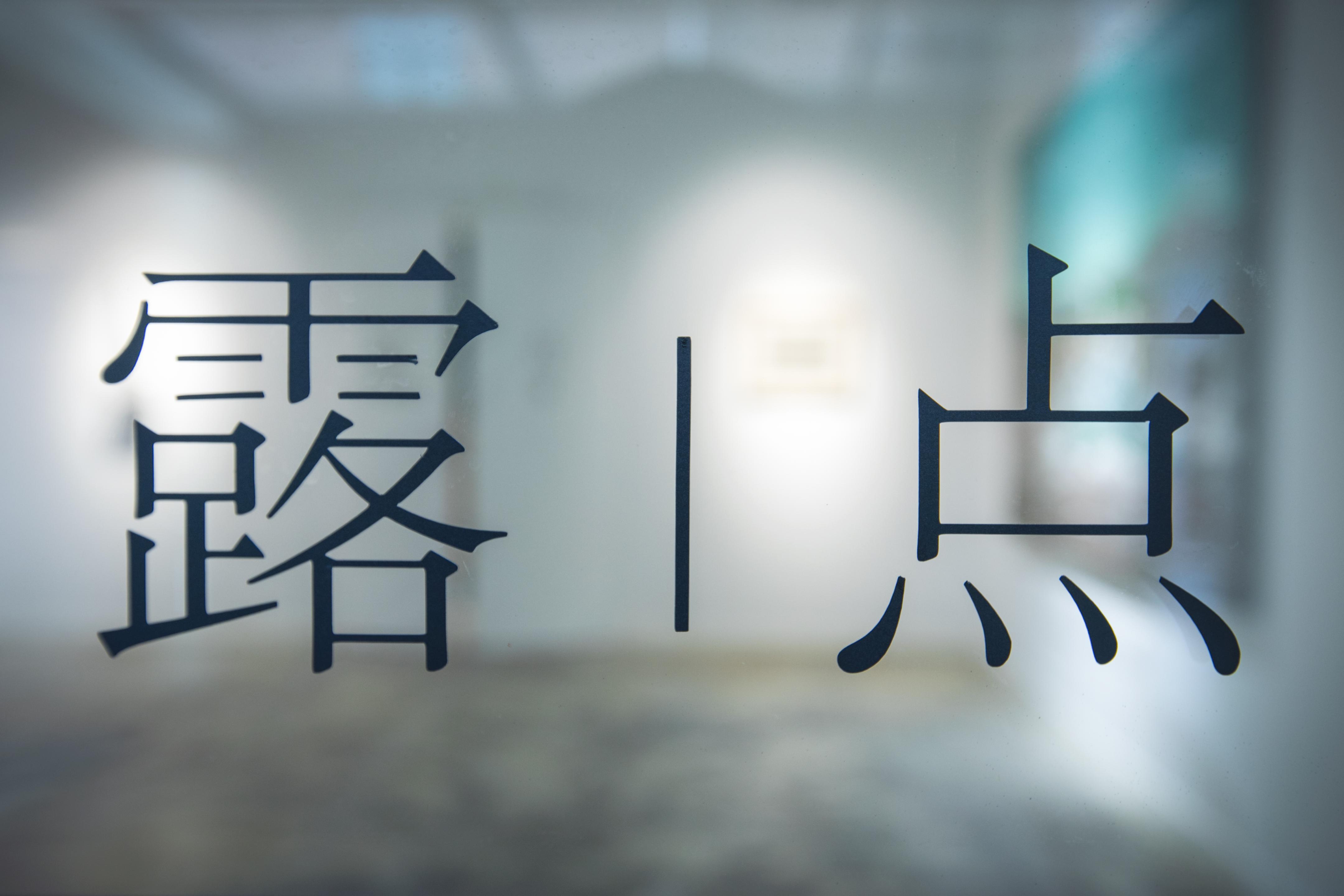Cui Jie / Chen Wei / Chen Yujun / Gong Jian / Gao Weigang / Ni Youyu / Wu Di /
Wang Ningde / Wang Xingwei / Yuan Yuan / Zeng Fanzhi /Zhang Enli / Zhang Ruyi
Outside/In presents a series of interiors and exteriors from the collection. It plays with contrast—opulent living spaces and spare temporary accommodations, lush dreamscapes and barren city streets; the cold facsimile of a desert plant, to thick vegetation vying for dominance and natural ascendancy. This exhibition focuses on a generation of emerging Chinese artists who have thrived and continue to gain a growing transnational presence, further reshaping the nation’s cultural vision and contemporary identity that has firmly positioned itself within the larger international discourse.
In a world where borders have become increasingly porous, blurred by technology or enhanced by instantaneous worldwide communication and rapid travel, we move easily from one place to the next without second thought. We might find ourselves on the streets of Shanghai, as depicted in Cui Jie’s eerie, depopulated painting Shanghai Huaqiao Building (2014), or on a high-speed pleasure cruise along the Yangtze River as in Gong Jian’s Yangtze River II (2008). Or perhaps we encounter those more intimate and private spaces as in Yuan Yuan’s methodically painted oil on canvas Helen’s Bathtub (2010), where we might find ourselves performing our daily ablutions, luxuriating in a lavishly tiled, ruby red room.
Then there are those otherworldly spaces as seen in Wei Jia’s turbulent and surreal dreamscape, Light in the Cloud (2014), where a solitary figure emerges from a mysterious forest, like something straight from the pages of an apocalyptic fairy tale. Trompe l’oeil also comes into play in the paintings by Chen Yujun from his 2015 series Temporary Home and in Ni Youyu’s Transparent Monument 6, also from the same year, where a palpable illusion of three-dimensional space shifts dramatically between Chen’s lonely interior of an abandoned home, inviting us to step inside, and in Ni’s glass enclosed aviary filled with birds, reminding us how our frame of reference is often or unconsciously from the outside looking in. The antithesis of these two works, but no less a play on the illusion of volume and spatial depth, can be found in Zhang Enli’s New Style Furniture (2007) confronting the banality of a common office cabinet. Its contents unknown, becomes seemingly irrelevant, but the pressing mystery of what’s actually inside seems to capture our attention.
Two sculptural works by Zhang Ruyi and Gao Weigang bring us full circle to the show’s premise while bringing a sense of physicality to the ways in which we negotiate our binary or parallel notions of the inside and outside world. Zhang Ruyi’s Weather Detail 1 (2018), a raw concrete, hybrid cast of cacti on a wall mounted, white tile plinth assumes the role of both clinical specimen and relic from a bygone planet, a grim reminder of ongoing environmental degradation, whereas Gao Weigang’s Home (2018) embodies a bittersweet optimism as a leafless wrought iron tree stands sturdy and tall and where, within its barren limbs, a small aluminum birdhouse has nested, offering shelter for its transient inhabitants—a compelling symbol and discreet icon for the millions who are refugees of forced migration.
—Arthur Solway, Shanghai
崔洁 / 陈维 / 陈彧君 / 龚剑 / 高伟刚 / 倪有鱼 / 吴笛 /
王宁德 / 王兴伟 / 袁远 / 张恩利 / 曾梵志 / 张如怡
展览露点(Outside/In) 呈现一系列选自藏家藏品中体现室内与户外空间的艺术作品,玩味“反差和对比”的概念:豪华的起居室与闲置的临时住所;繁茂的梦中场景与荒芜的城市景观;一只沙漠植物被注模复制,一片肥厚的植被凸显大自然君临天下。展览集中展现了一代业已卓露头角的中国艺术家在不断创新中跨越国界茁壮成长的势头,他们的艺术再塑了这个国家的文化愿景,以当代性的身份认证奠定其在国际潮流的大框架下无可置疑的坚实地位。
当下世界的边界越来越被模糊,技术发展,交流迅速,以及旅行的便利让我们无须多思就已身置异地。这里,我们可以是在上海街头,进入崔洁所绘的氛围诡异空无一人的《上海虹桥建筑》(2014);或是跟随龚剑,来到长江上行驶中的一艘豪华快艇上,(长江系列II,2008);或者我们步入袁远用独特方法描绘的私密空间,(海伦的浴池,2010)在一间镶满了豪华地砖的宝石红的洗手间里,完成我们的日常仪式。
然后还有这些仿佛异度空间的别处,在韦嘉的骚动不安,超现实感的《云中光》(2014)中,一个独孤者的身影显现在一片神秘的森林中,如同世界末日的神话中的一幕;陈彧君2015年的系列《临时的家》和倪有渔也是同年完成的《透明的纪念碑6》都在把玩视觉幻象 (Trompe l’oeil ),假想的三维空间里充满戏剧化,陈的作品展现的废弃的家园邀请我们走进一步,而倪的玻璃鸟笼和被罩在空中的鸟似乎在提醒我们,我们对事物的认知总是不自觉地从外向内看。这两件作品在体量和空间上制造幻觉所呈现的对立,在张恩利的《新式家具》(2007)中也能看得到,这里,一件办公室柜之平凡让柜中之物的未知变得神秘起来,这看似无关紧要的想法,在柜子不断膨胀的神秘性中不断吸引我们的注意力,柜子里到底放着什么呢?
通过张如怡和高伟刚的雕塑作品,这个展览所包含的内和外两个因素得以圆满,同时,我们对世界的内外两元或平行共存有了身体性的体验。张如怡的《天气细节1》(2018),被粗糙的水泥与浇筑灌模的仙人掌的混合体被固定在墙上,而白色瓷砖的底座似乎在展示医疗标本,或是消失星球的遗物,作品提醒我们正在发生的生态退化;而高伟刚的作品《家》(2018)流露出苦中带甜的乐观主义,一棵坚强挺立的树叶干枯的铁树,上面一个小小的铝制的鸟巢,为短暂过客提供躲避风雨的家,在上百万被迫流离失所的难民眼中,这是一个尽管微弱却令人信服的象征。
—Arthur Solway, 上海
中文译文:凯梅

